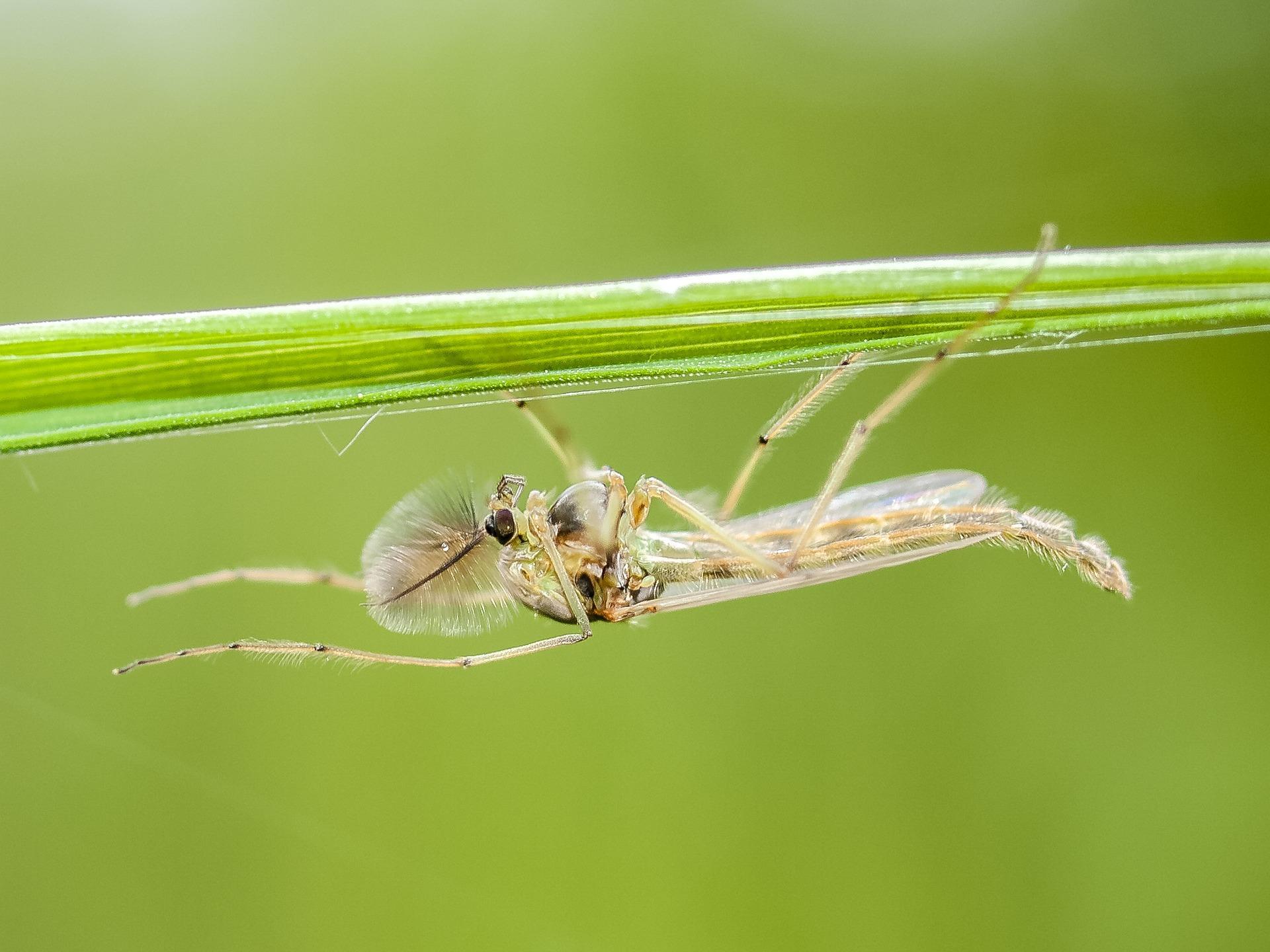Fruit flies can be a nuisance in the kitchen. More importantly, these extremely destructive pests on farmlands around the world are wreaking havoc on fruit and vegetable production. Nuclear science and technology have helped suppress such pests in an environmentally friendly way using sterile insect technology (SIT). The IAEA, working with the Food and Agriculture Organization of the United Nations (FAO), has helped countries implement SIT, which uses radiation to sterilize insect pests, thereby suppressing or eradicating their populations over time.
Typically, it is female insects that damage fruits by laying eggs in them. SIT, which raises and releases hundreds of millions of insects, needs to focus on the male insects that do not destroy products or cause economic damage. Therefore, SIT is most efficient when the males can be separated from the females prior to irradiation. “The efficiency and cost-effectiveness of SIT is improved by male-only releases that are normally achieved through separation methods such as genetic sex strains (GSS),” said Konstantinos Bourtzis, molecular biologist at the Joint FAO / IAEA Center of Nuclear Techniques in Food and Agriculture and Co- Author of an article published in Nature Communications earlier this year. GSS allows large numbers of insects to be segregated by sex earlier in the insect life cycle. “One of the most expensive components of SIT is rearing,” continued Bourtzis. “Why raise females if we don’t need them for release?”
In a recent study by experts from the Joint FAO / IAEA Center in collaboration with several research institutions, scientists isolated the white pupa gene, which is responsible for the color of the pupae in tephritis. “The original pupal color is brown, while mutations in the gene can change the color from brown to white. This enables the connections – the brown pupal color to the males and the white pupal color to the females – and the construction of GSS. Interestingly, the vast majority of insects tested had the white pupa gene, including species of insect with SIT significance, ”said Bourtzis. Isolation of the white pupa gene, combined with its presence in most insect species, will allow the more rapid development of mutant strains that could be used for GSS. As proof of principle, new strains with the mutated gene for white pupae were developed for the Mediterranean fruit fly and the Queensland fruit fly Bactrocera tryoni.
“It is now possible to specifically create such color variants for new species. This can be done effectively and without the introduction of foreign genes using minimally invasive genome editing, ”says Marc F. Schetelig from the Institute for Insect Biotechnology at the Justus Liebig University in Giessen and co-author of the study. “Introducing this system in new ways will expand the scope of SIT programs and enable improved and successful widespread pest control.”
Read the full study at www.iaea.org.
For more informations:
International Atomic Energy Agency
www.iaea.org








